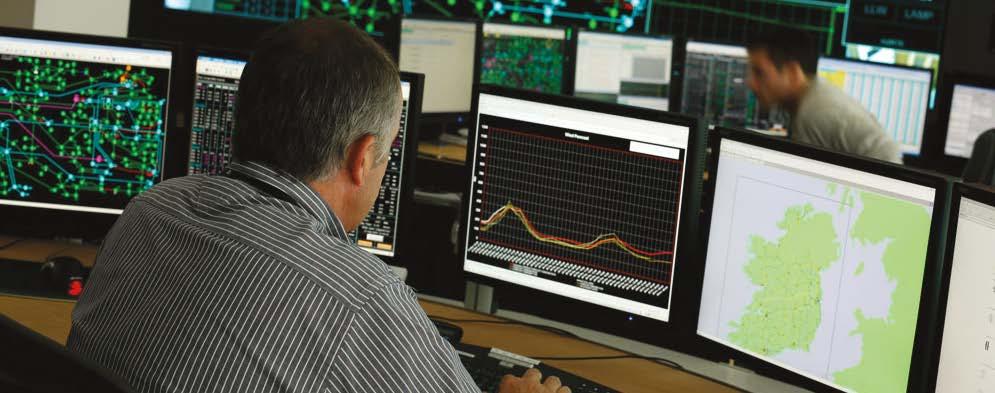
2 minute read
System Operator Certification Program
MODULE DETAILS
PER MODULE Training Hours: 150+ Sections: 7-8 Exams: 7-8 Tuition: $602 per module, per trainee Online Testing (optional): Online Testing fee of $50 per apprentice is waived through 2021. Training Videos: Included with tuition
See pages 24-29 for section descriptions.
3.4 PARALLELING AND LOOPING DISTRIBUTION CIRCUITS
It is a common practice to minimize the amount of time that circuits are in parallel or loops are closed.
Paralleling lines is a term confi rming an operation in which two separate circuits emanating from the same or diff erent transformer source are physically connected together so that there is a current fl ow from each source that meets at some point along the path of flow.
Substation A Relay CB CB
CB If this switch were closed, the two separate substation transformers and circuits would be in parallel.
Substation B CB
CB
CB
Substation A Relay CB CB
CB If this switch were closed, the two circuits supplied by the same transformer bank would be in parallel.
Substation A Relay CB CB
CB If this switch were closed, the two branches of the same circuit would be what is termed in a loop.
Paralleling and then separating circuits can transfer loads between circuits, transformer banks, and substations in a manner in which service to the customers is never aff ected. The principle is very similar to paralleling distribution transformers in that the voltages and phasing must be identical.
Looping is a similar term that is typically used to defi ne an operation where two branches of the same circuit are connected together. Some utilities use the term looping when two circuits supplied by the same substation transformer are connected together. Looping is typically done to clear line sections or in some cases to transfer loads to diff erent branches of the same circuit. CHAPTER THREE | DISTRIBUTION OPERATION
71
module one
• Basic Electrical Theory • AC Fundamentals • Electrical Systems • Introduction to Power Delivery • Personal Protective Grounding • Working on Lines and Stations • Introduction to Substations
module two
• System Power Flow • Maps and Standards • Substation Maps and Standards • Disconnects and Switches • Circuit Breakers • Substation Transformers • Capacitors, Reactors, and Surge Arresters
module three
• Substation System Operation • System Operation • Substation Communication Systems • Introduction to Substation DC Systems • System Automation • Substation System Protection • Trouble Investigation • Relays







